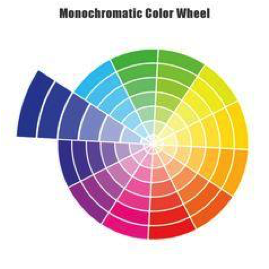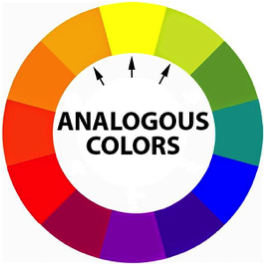The Impact of Color Theory on Design
- Live Oak Management

- Apr 19, 2019
- 2 min read
Written by: Alison Danahy

Color Theory is the intentional mixing and use of color that creates an emotional and psychological impact on individuals. This theory is extremely beneficial to the creative marketing field, and enables designers to best target their audience. A foundation of color theory is the color wheel based on the primary colors red, blue, and yellow. These are known as RGB values, or the additive color-mixing model. If light is continually added to this mix of colors, it eventually becomes white. Therefore, RGB is used in digital media such as TV and computer screens. CMYK is the subtraction of light from the color-mixing model, and refers to the colors cyan, magenta, yellow, and black. In this model, light is subtracted by adding more color, and is typically used for print on paper.
Traditionally, the primary color wheel is the 3 colors that all other hues are derived from. Building off of this, secondary colors incorporate green, purple, and orange formed by the mixing of primary colors. Finally, the mixing of both the primary and secondary colors creates the tertiary color wheel. This is basic color knowledge that influences all other elements that make up color theory. A fundamental part of color theory is color harmony. Specifically, color harmony is the arrangements of varying shades that create a visually pleasing result.
These arrangements are aesthetically pleasing to a viewer’s eye, and influence an emotional response. Some formulas for color harmony include analogous, complementary, and monochromatic color schemes. Analogous colors are any three colors side by side on a twelve-part color wheel. Complementary colors are shades directly across from one another on a wheel such as orange and blue. Finally, monochromatic colors are similar variations on one color. These formulas allow designers to best complement their design, and choose colors that promote a positive visual experience. Individuals’ perception of color and design significantly impact the response and opinions toward a product, advertisement, campaign etc. This knowledge informs successful branding decisions, and hones in on the preferences of consumers. The design and color that make up a brand identity promote individuality, and guide the emotional and psychological opinions of the viewer or consumer.














Comments